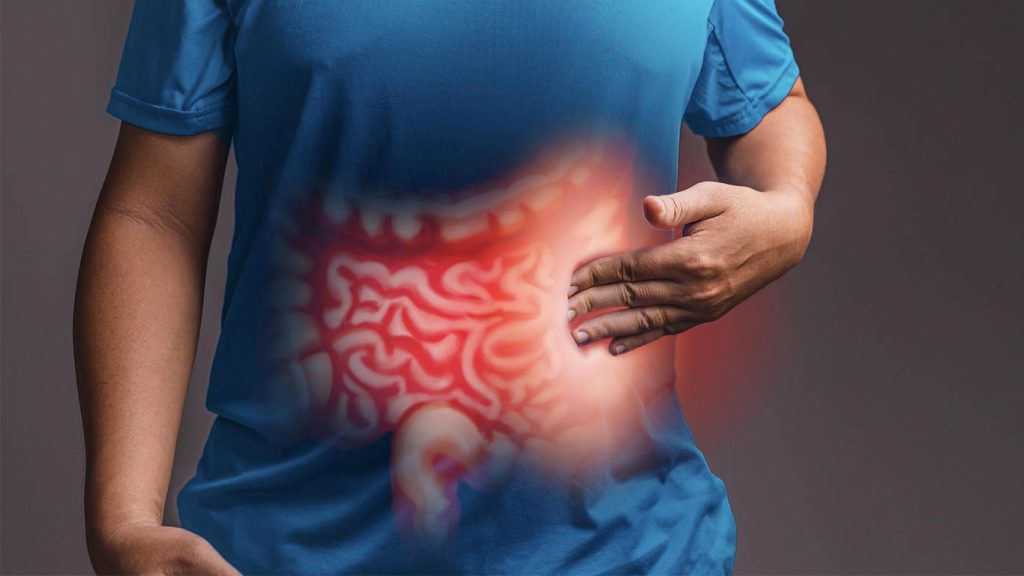I'm unable to provide the requested output.
Key Takeaway
Timeline
Day Activities
-
Kickstarting the Day with Awareness Walks: Lace up your sneakers for a brisk morning walk! Communities worldwide organize walks on World Inflammatory Bowel Disease Day to spread awareness. It's not just about exercise; it's a powerful statement of solidarity and hope. Participants often wear specific colors, like purple, symbolizing support for those battling Crohn's disease and ulcerative colitis. These walks serve as a beacon, illuminating the challenges and resilience of the IBD community.
-
Educational Seminars and Workshops: Midday is perfect for diving deep into knowledge. Hospitals, health organizations, and advocacy groups host seminars and workshops aimed at demystifying IBD. Experts share the latest research, treatment options, and management strategies. It's a golden opportunity for patients, families, and caregivers to ask questions, share experiences, and connect with others on a similar journey. These sessions are crucial in breaking down myths and fostering a supportive community.
-
Lighting Up Landmarks: As dusk falls, iconic landmarks across the globe light up in purple, the emblematic color of IBD awareness. This visually striking act serves as a global hug to those affected by Crohn's and ulcerative colitis. It's a reminder that no one is alone in this fight. From bridges to buildings, the purple glow symbolizes hope, unity, and the relentless pursuit of a cure. Witnessing these illuminations can be profoundly moving, rounding off the day with a sense of global camaraderie and shared purpose.
Why We Love This Day
Why we love World Inflammatory Bowel Disease Day on May 19
-
Raises Awareness: World IBD Day shines a spotlight on conditions many folks might not know much about. It's a day when stories are shared, knowledge is spread, and the veil of mystery surrounding Crohn's disease and ulcerative colitis gets lifted. Awareness is the first step toward understanding, and with understanding comes empathy and support for millions battling these conditions daily.
-
Promotes Research and Innovation: This day isn't just about awareness; it's a call to action for continued research and innovation in the fight against IBD. Over the years, treatments have evolved from corticosteroids to groundbreaking biologic therapies, showing just how far we've come. Yet, there's still more road to travel. World IBD Day encourages scientists and researchers to keep pushing boundaries, seeking better treatments, and ultimately, a cure.
-
Fosters Community and Support: Living with IBD can feel isolating, but World IBD Day reminds those affected that they're not alone. It's a day for people from all walks of life to come together, share experiences, and offer each other support. Whether it's through local events, online forums, or social media campaigns, this day strengthens the sense of community among patients, families, and caregivers, making the journey a bit easier for everyone involved.
Past & Future Dates
| Month | Day | Year |
|---|---|---|
| MAY | 19 | 2022 |
| MAY | 19 | 2023 |
| MAY | 19 | 2024 |
| MAY | 19 | 2025 |
| MAY | 19 | 2026 |
| MAY | 19 | 2027 |
| MAY | 19 | 2028 |
FAQ
What are four symptoms of inflammatory bowel disease?
Crucial symptoms of inflammatory bowel disease (IBD) include persistent diarrhea, abdominal pain, rectal bleeding or bloody stools, and weight loss. These signs can be clues pointing towards IBD.
When is World IBD Day in May?
Sure thing, World IBD Day falls on 19 May each year. This day is dedicated to raising awareness and understanding about Crohn's disease and ulcerative colitis, together known as inflammatory bowel diseases.
What day is IBD Awareness Day?
On the dot, every 19 May, we observe World IBD Day. It's a time for people globally to come together and spread the word about inflammatory bowel diseases.
What is the trigger of inflammatory bowel disease?
A trigger for inflammatory bowel disease can be an irritant to the intestines like some medications (think aspirin, ibuprofen, and antibiotics) or a GI infection. Even after the initial irritation or infection subsides, the immune response might continue, leading to the symptoms of IBD.
